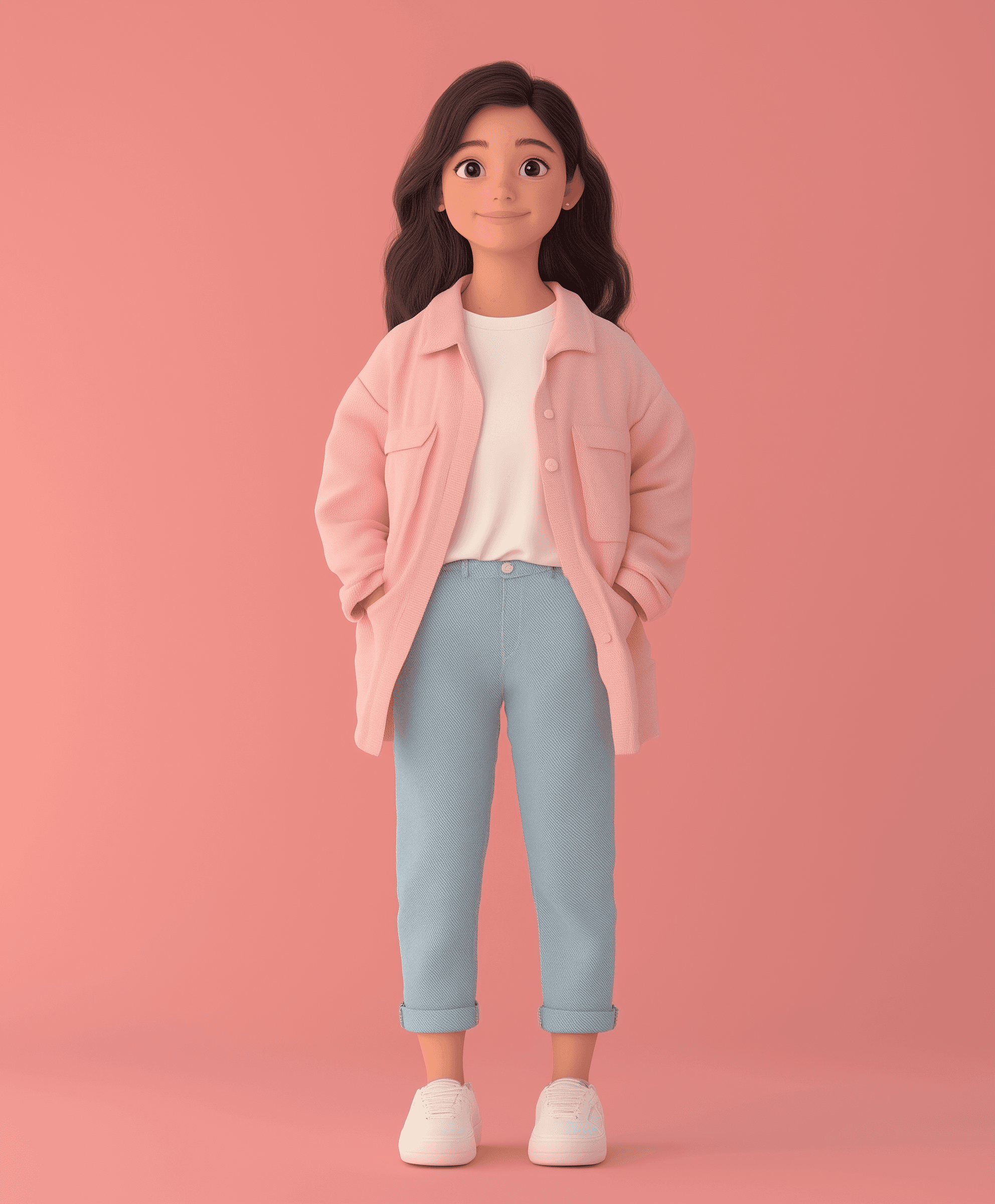
Marketing
Color Psychology in Branding and Design
Summary
Color psychology in branding and design leverages the emotional and cultural impact of colors to create memorable, effective visual communications. Strategic color choices enhance brand recognition, guide user behavior, and improve overall design aesthetics and usability.
Introduction
Color psychology explores how colors influence perceptions and behaviors. In branding and design, the strategic use of color can evoke specific emotions, create brand recognition, and influence consumer decisions, making it a powerful tool for businesses.
The Impact of Color in Branding

Colors have the ability to convey brand values and personality. For example, blue often represents trust and reliability, making it popular among financial institutions and tech companies. Red, on the other hand, evokes excitement and passion, frequently used by brands aiming to create a sense of urgency or stimulate appetite, like fast-food restaurants. The right color choices can make a brand more memorable and impactful, fostering an emotional connection with the audience.
Different colors can also signify different cultural meanings, so it's crucial for brands operating in global markets to understand these nuances. For instance, while white signifies purity and simplicity in Western cultures, it is associated with mourning in some Eastern cultures. This cultural awareness ensures that color choices resonate positively with diverse audiences, enhancing the brand's appeal and effectiveness.
Conclusion
Color psychology is a fundamental aspect of branding and design, influencing emotions, perceptions, and behaviors. By understanding and strategically applying color principles, brands and designers can create compelling and effective visual communications that resonate with their target audiences.
Similar Blogs you might like



Stay Updated















